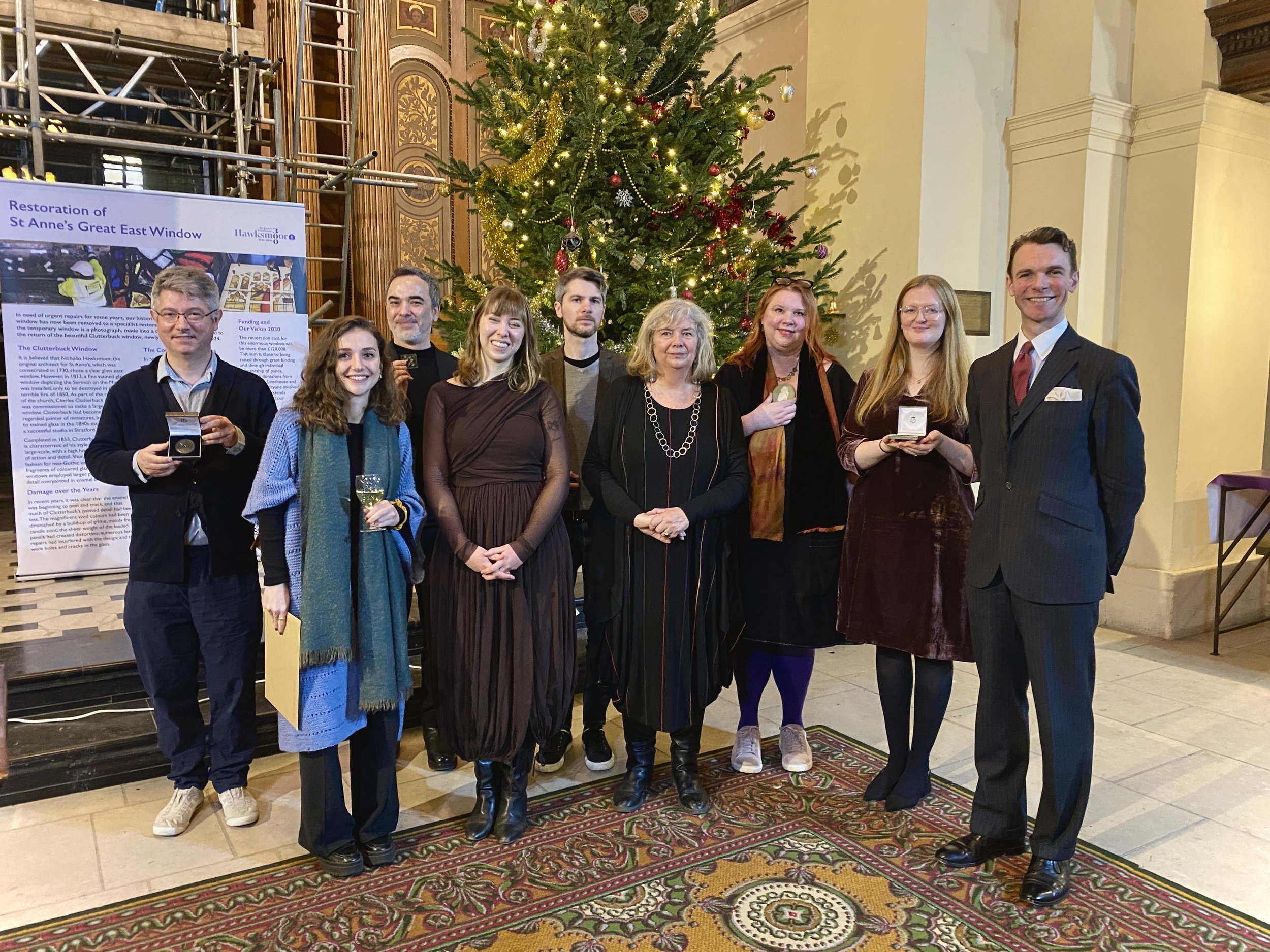Screenshot from the amateur production The Road to Rome (1926), by students of architecture at the University of Liverpool, created in the lead-up to a trip to Rome. BFI National Archive.
How can three seemingly unrelated buildings, the Ancient Roman Domus of the Tragic Poet (1st c. BC), the Renaissance Revival Villa Maryland (1904), and the Edwardian Baroque Royal Liver Building (1911) be discussed together? Silent cinema provides the link. In rarely seen films preserved in multiple archives, these “celluloid silentscapes” either documented real ruins or displayed elaborate reconstructions, yet both evoked antiquity for modern audiences in cinemas across the world.
This talk draws on the AHRC-funded Museum of Dream Worlds (2023–2027) project that explores how early encounters between classics and cinema, from the 1890s to the 1920s, shaped both modern understandings of antiquity and the history of film. Using materials from the BFI National Archive, and partnered by SAHGB, the Classical Association and the Eye Filmmuseum in the Netherlands, we trace how cinema built its Greek and Roman dreamworlds, through authentic reconstructions and architectural fantasies alike. In this talk we will discuss the diverse architectural aspects of three Films from, respectively, Italy, France and the Great Britain: The Last Days of Pompeii (1913), The Slave of Phidias (1917), and Road to Rome (1926).
Silent Films that reimagined antiquity used elaborate sets, furnishings, costumes, and props to transport viewers into Graeco-Roman worlds. Yet while their visual impact was striking, the contributions of set and scenery designers often went unrecognized. As cinema gained legitimacy as a form of historical storytelling, architecture became central to its ability to narrate, question, and reflect on history. Though the late 1920s produced so-called “architectural films,” earlier silent films already experimented with spatial representation and cinematic scale and found the architecture of the classical world a particularly rewarding challenge. These ephemeral works remain invaluable not only as creative reconstructions of the ancient world but also as overlooked voices in architectural history.
In this talk, we give voice to these rarely screened films, showing how architecture shaped cinema’s earliest visions of antiquity.
Dr Aylin Atacan (Project Researcher) is an architect and architectural historian whose research interests encompass the history of classical and modern architecture, antiquity, visuality and architectural representation, spatial narrative, cinema and architecture, and silent film studies. She consistently places the relationship between cinema and architecture at the core of her academic work. She holds a PhD from Middle East Technical University (Turkey).
Professor Maria Wyke (Project PI) is Professor of Latin at University College London. She is a specialist in Latin love poetry, classical reception studies, and the interpretation of the roles of men and women in the ancient world. She has also written extensively on the figure of Julius Caesar in Western culture. Over more than thirty years, she has developed considerable expertise as a classicist in the field of antiquity films, with particular knowledge of the BFI’s silent antiquity holdings as well as collections in international archives.
Registration
Register below or via email to website@sahgb.org.uk.
For further details of the project, see Museum of Dream Worlds:
ucl.ac.uk/arts-humanities/classics/research/research-projects/museum-dream-worlds
All Events



